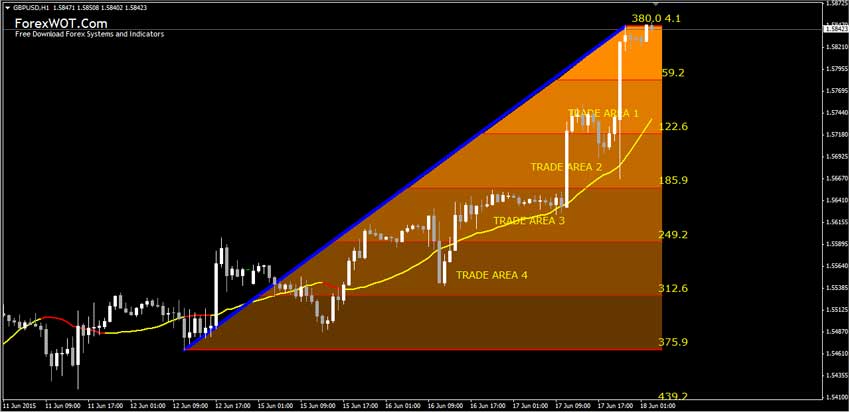

This sudden inability of my old hardware to take screencast and the ever looming dread of how long it takes to edit any video finally pushed me to look for a new setup. You can see a somewhat out-of-date, but detailed description of the process from 2007. During the last two recordings, something would always go wrong: the audio would go all crappy, the video would garble up, or my machine would just crash. Then I take the video and audio, synch them together, and edit the whole thing up in Final Cut. On my side, I use iShowU to record the video and AudioHijackPro to record the audio. Here, one of our clients logs into, shares their desktop, and walks through a demo over Skype. In addition to “live” video, I do a lot of moderated screencasts. Recently, I tried using the elgato turbo.264 HD which promised to speed up the parts of the chain of video producing, but came out with extremely poor results: the rendering-for-web did speed up dramatically, but the audio was always out of sync. Little wonder it took so long on my MacBookPro which just has dual 2.33 GHz Intel Core 2 Duos and 4 gigs memory.


I’d usually edit up a video, and budget several hours to pre-render, rendering during, render for export, and then (as my wife, Kim, calls it) “render useless” to post to the web. But the performance for doing video editing and rendering was always less than ideal.
#Using levelator for premeire mac#
Using the Mac day-to-day for work is great: I’m a committed Mac user for sure. I’ve written up parts of the process here and there, which can be painfully time consuling. For the past several years I’ve been using my early generation MacBookPro to do this editing with Final Cut. These are not only for my RedMonk coverage here on the blog, but also done for pay for clients. As you know, I produce (film, run my mouth in, edit, and publish on the web) a lot of videos and podcasts.


 0 kommentar(er)
0 kommentar(er)
